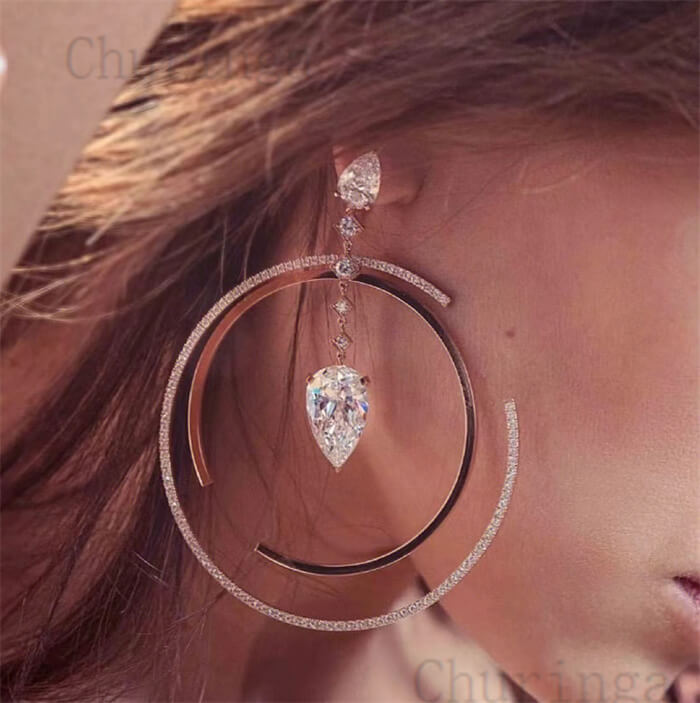Impression forging is one of those processes that does exactly what it says on the tin: it is a metal manufacturing process which makes use of a die to create complex and intricate pieces. How does impression forging differ from closed die forging, and what are the additional benefits?
Unpacking Impression Forging
Simply put, impression forging also falls under the closed die forging banner, as both make use of a predesigned mould into which heated or liquid metal is added to take on the form within.
Impression forging will usually make use of molten metal which is placed in an ‘upsetter’, a horizontal machine which holds the stock in place while it is forced into shape by a ram or hammer.
In this way, the hot, soft metal flows into the cavities and shapes within the mould with each drop of the hammer. This impact then results in an overflow of metal from the die which leaks out of the mould and hardens quickly. Known as ‘flash’ this metal is stronger than the metal within the die and therefore prevents any more stock from leaving the mould. As the ram continues impacting the molten metal, it is forced into the smallest hollows and clefts within the mould.
Once complete, the flash is machined off leaving behind a strong and durable product – often with a 20 percent higher strength-to-weight ratio compared to cast or machined parts of the same metal.
Understanding the impression forging method helps us to understand how it has proven a viable option for intricate pieces which are required in high production volume. While the flash can add to metal lost in production compared to true closed die forging methods, it makes up for it with a strong and near perfect final product.

